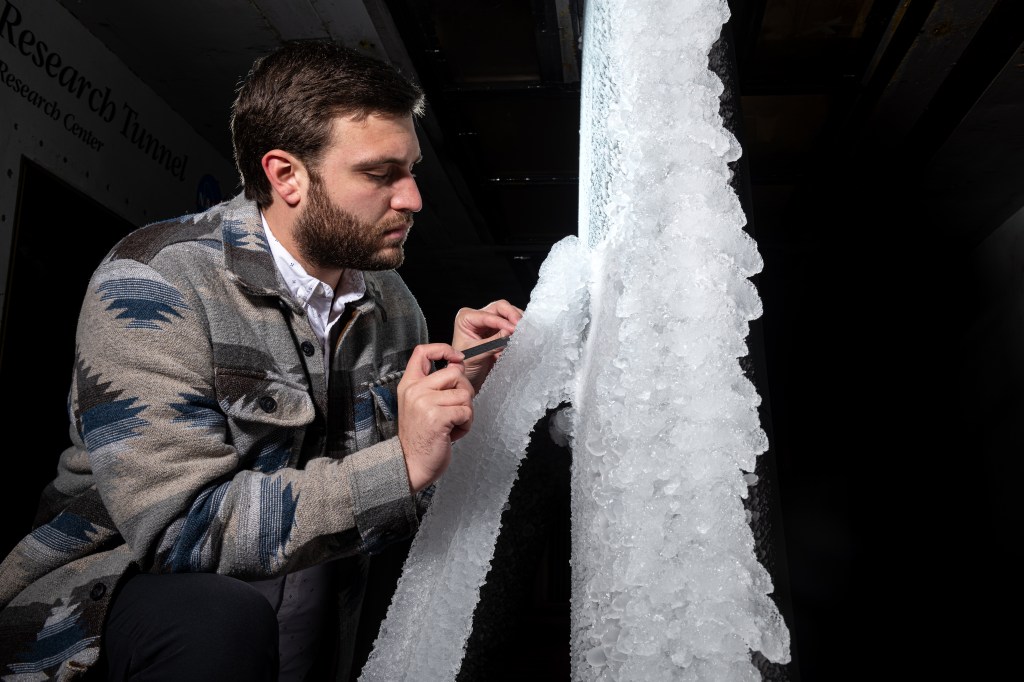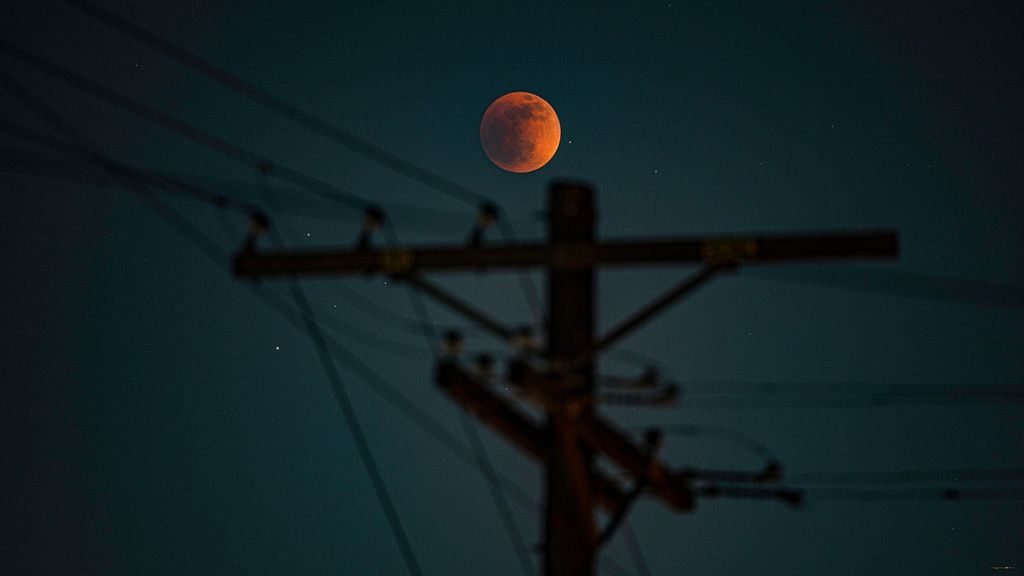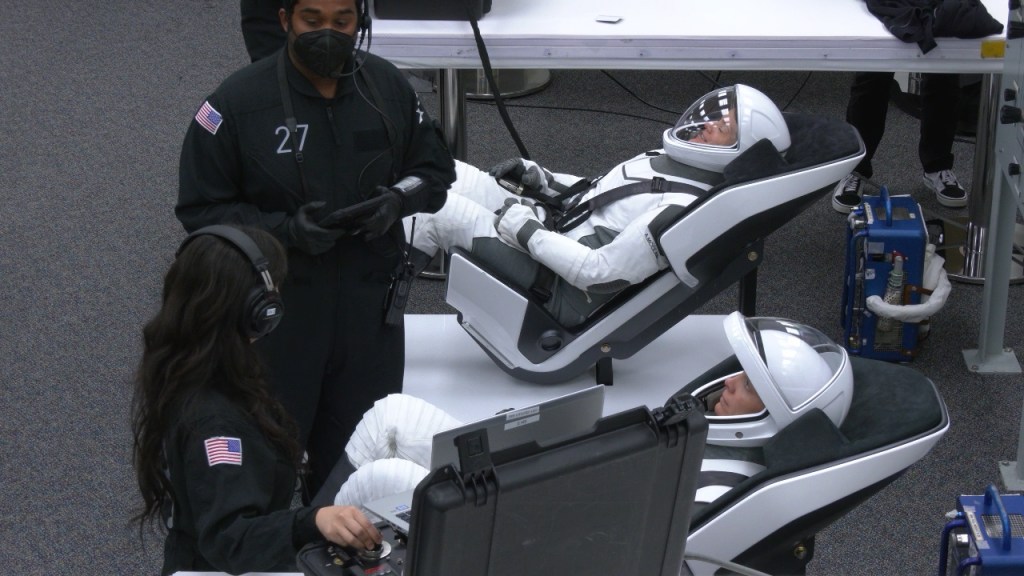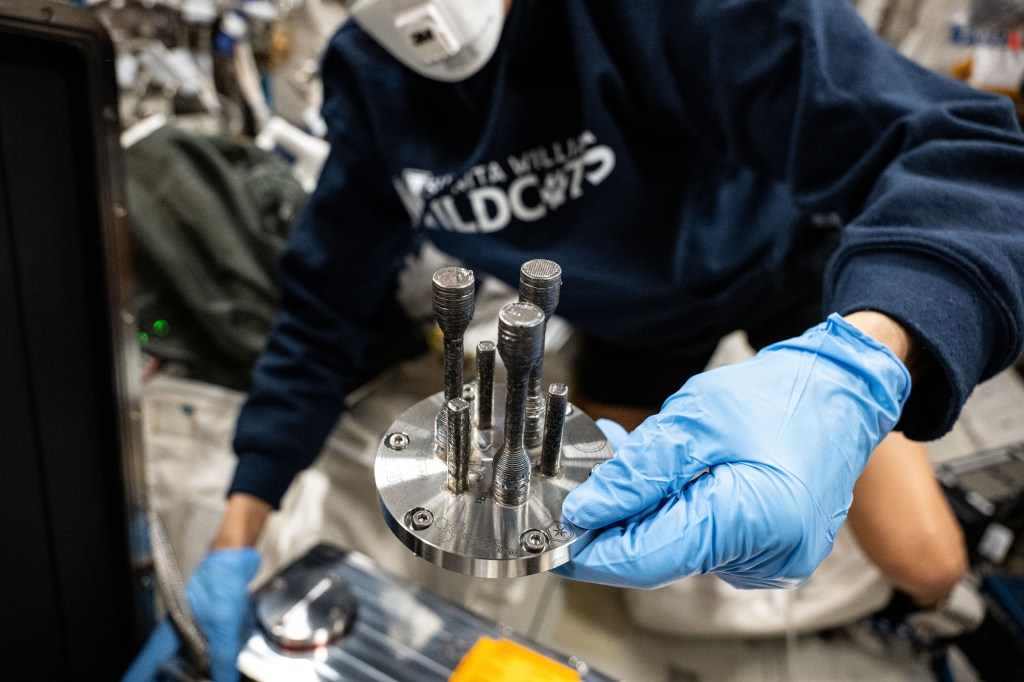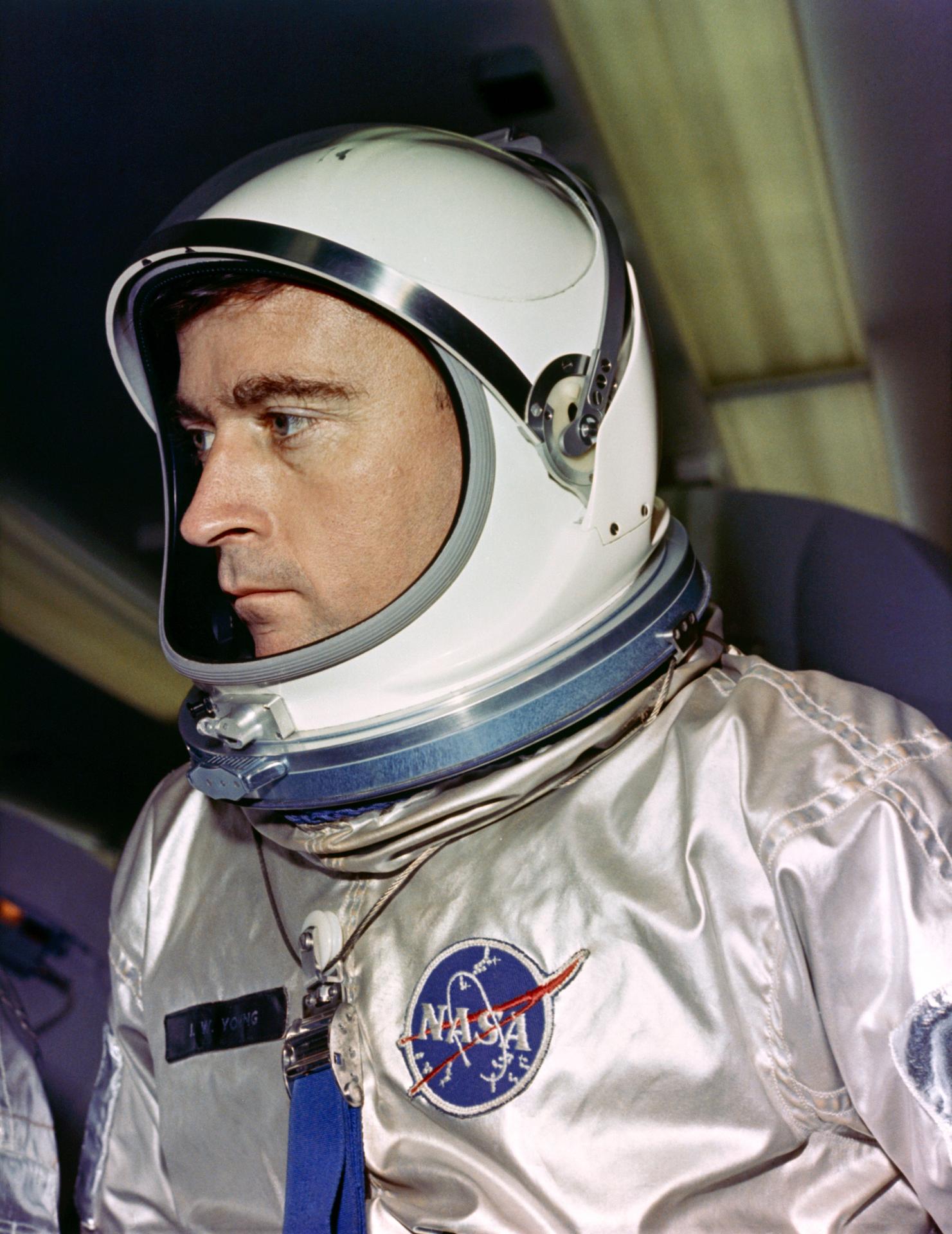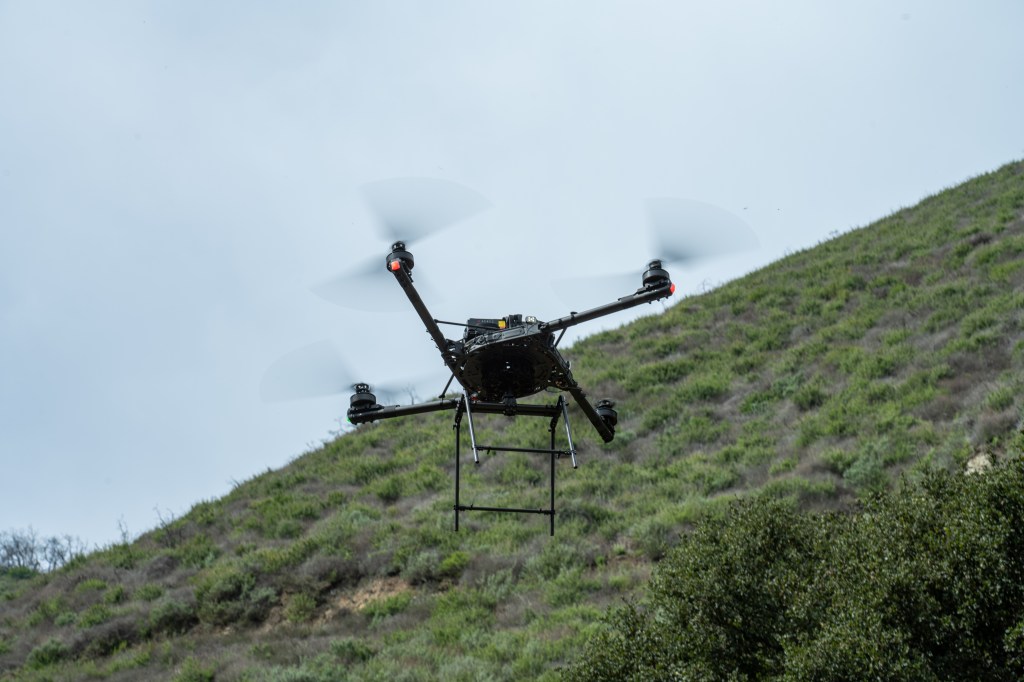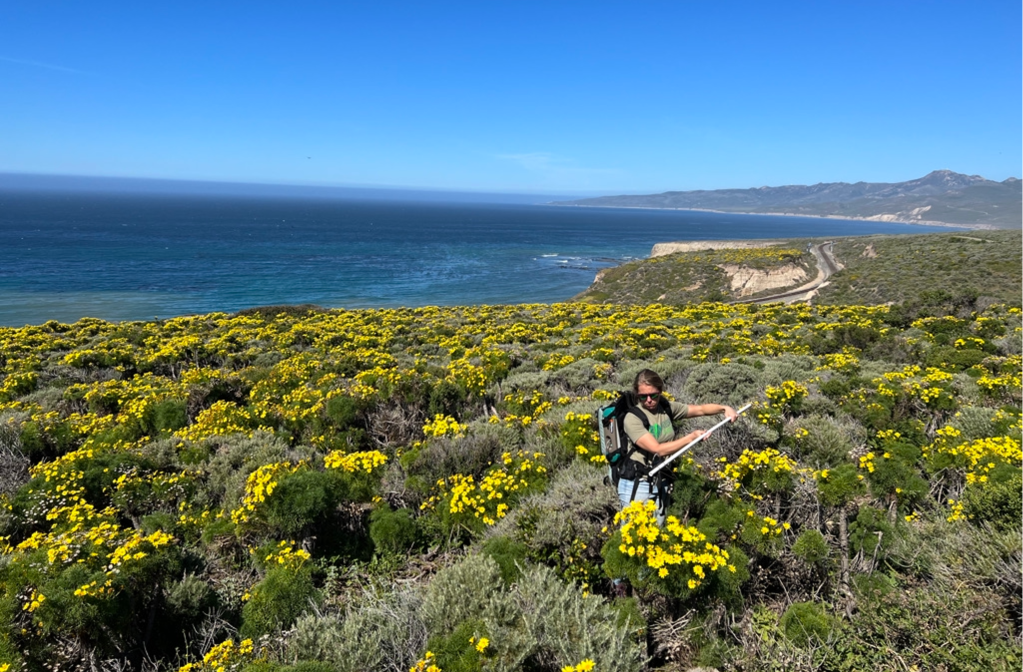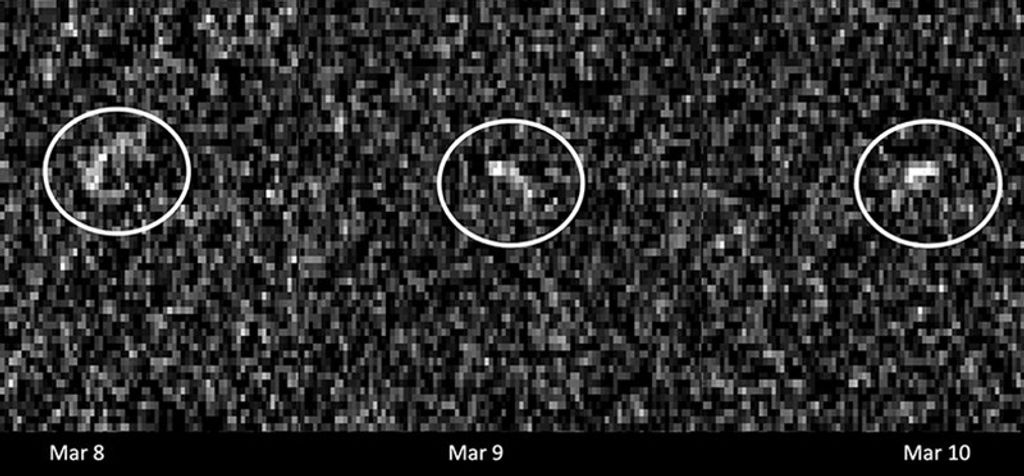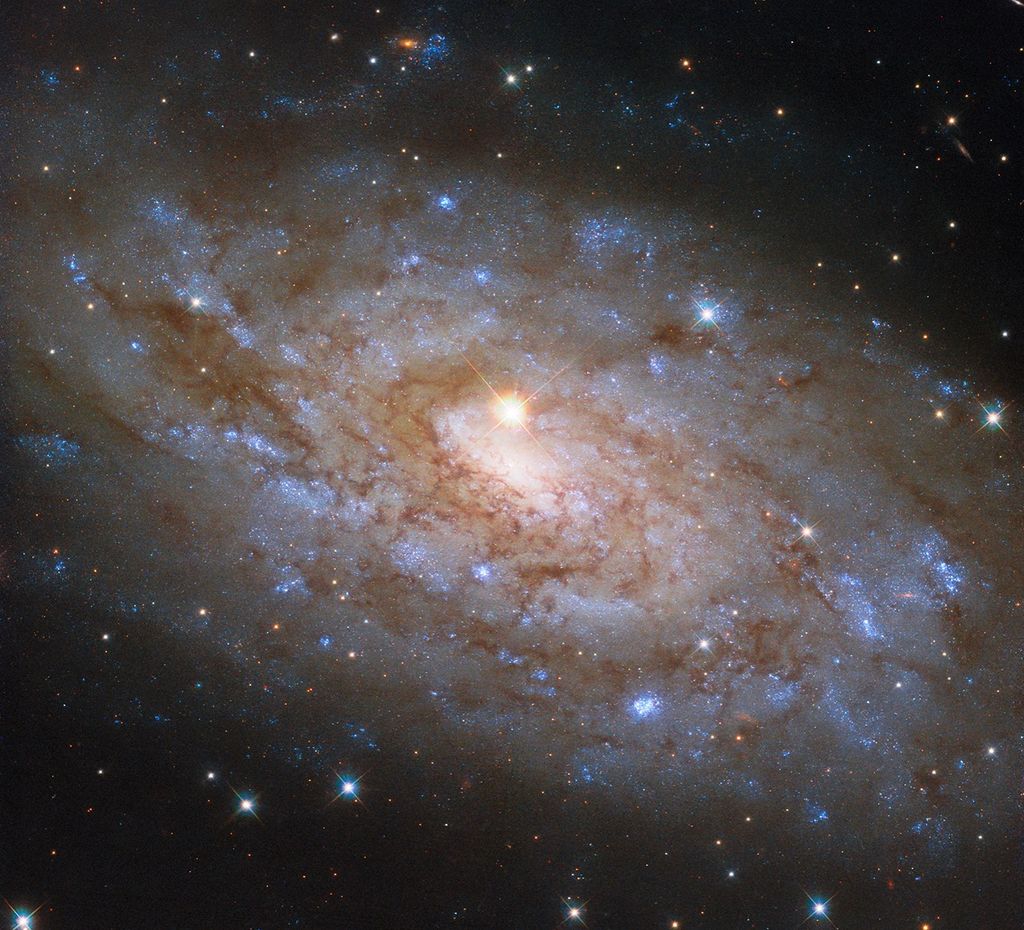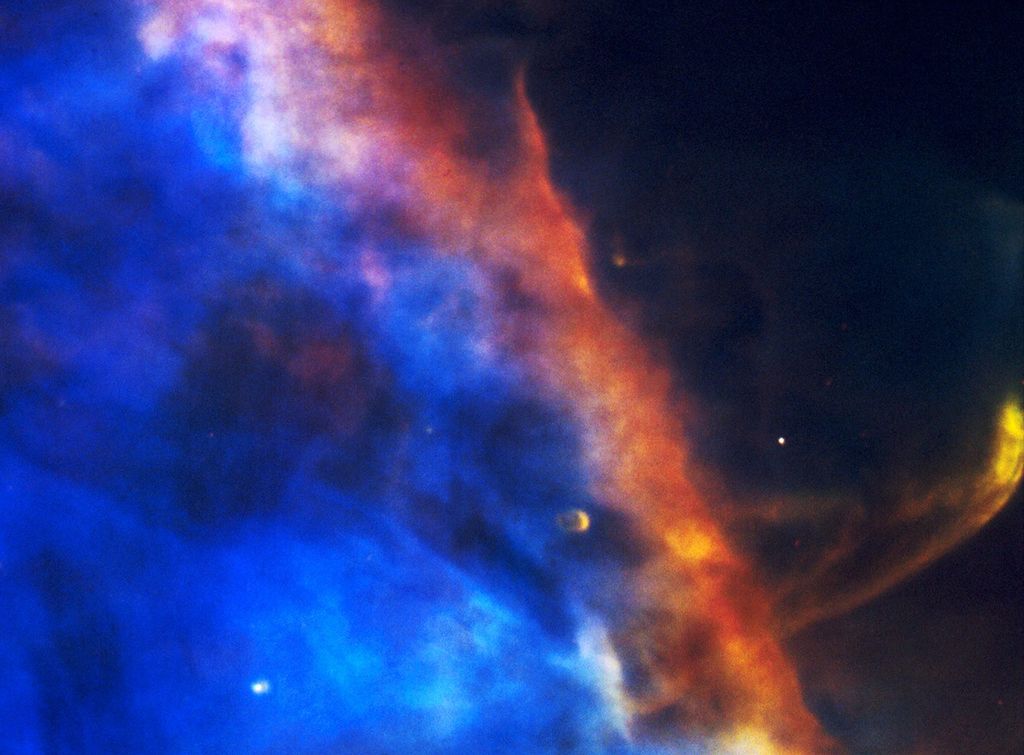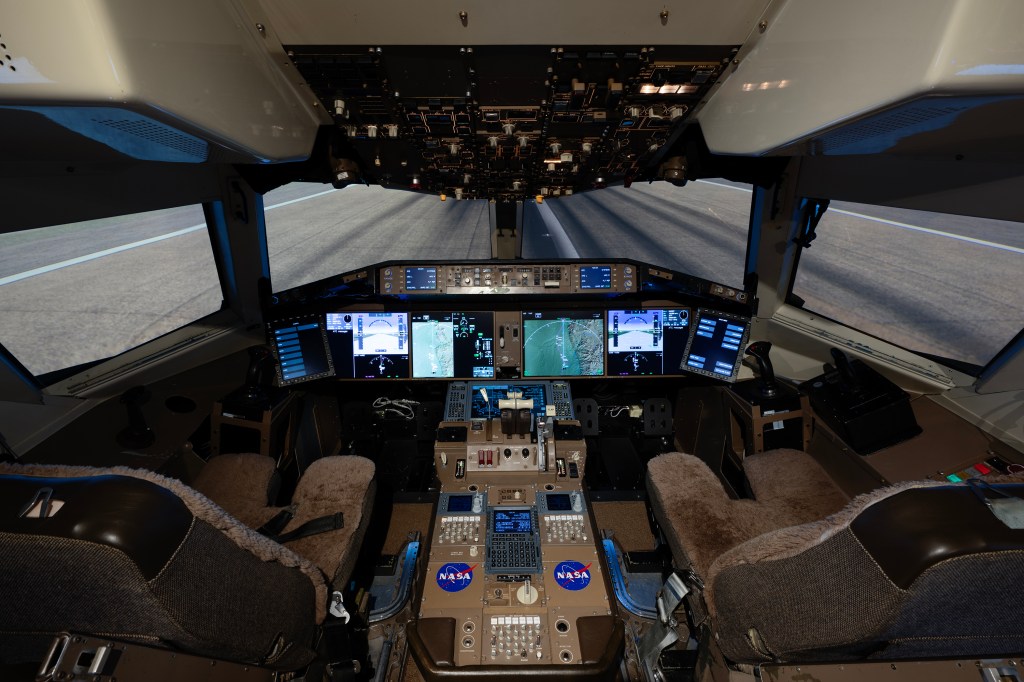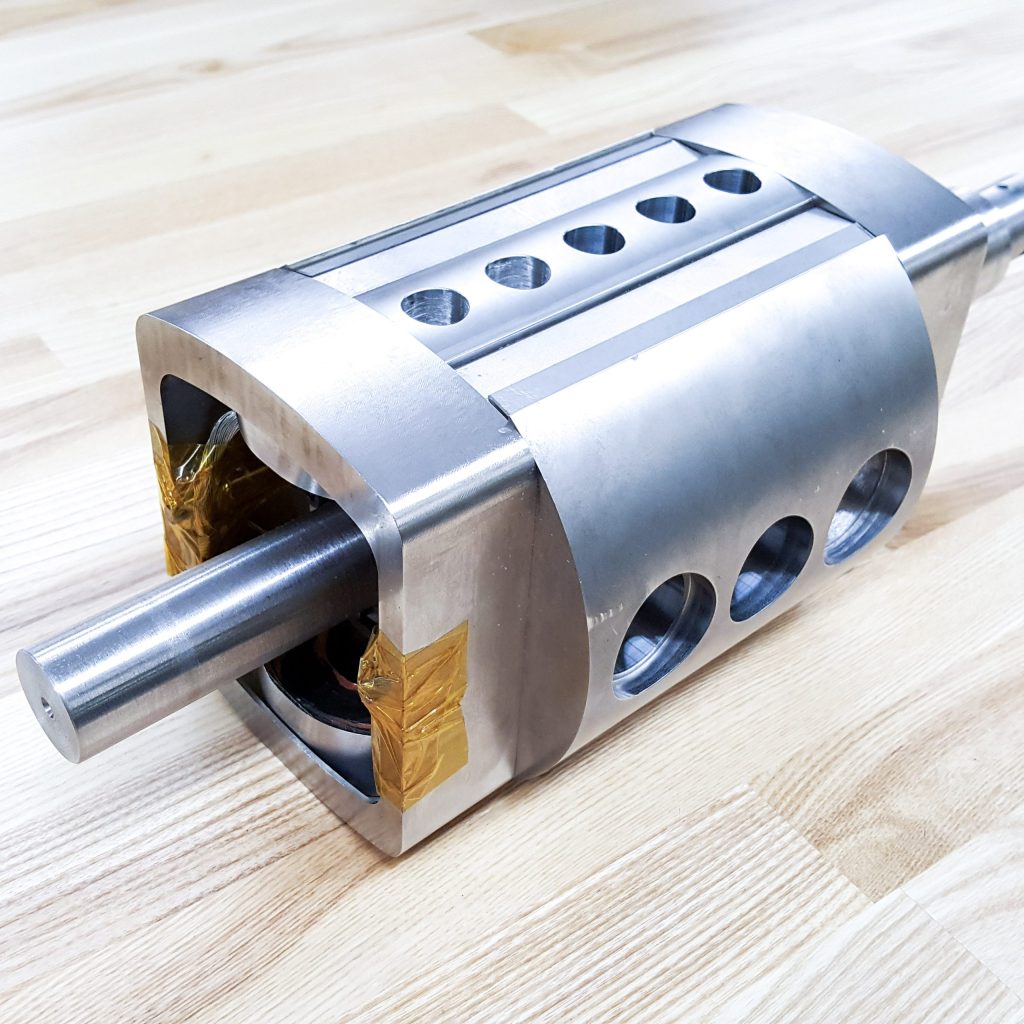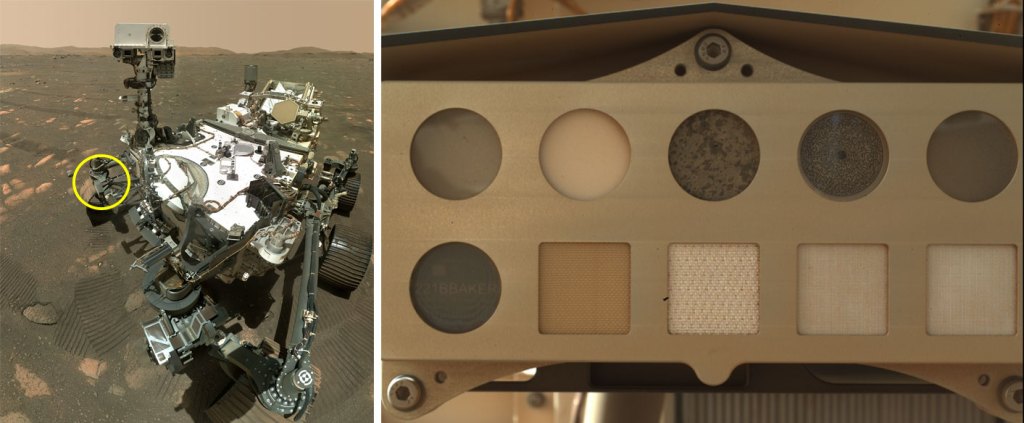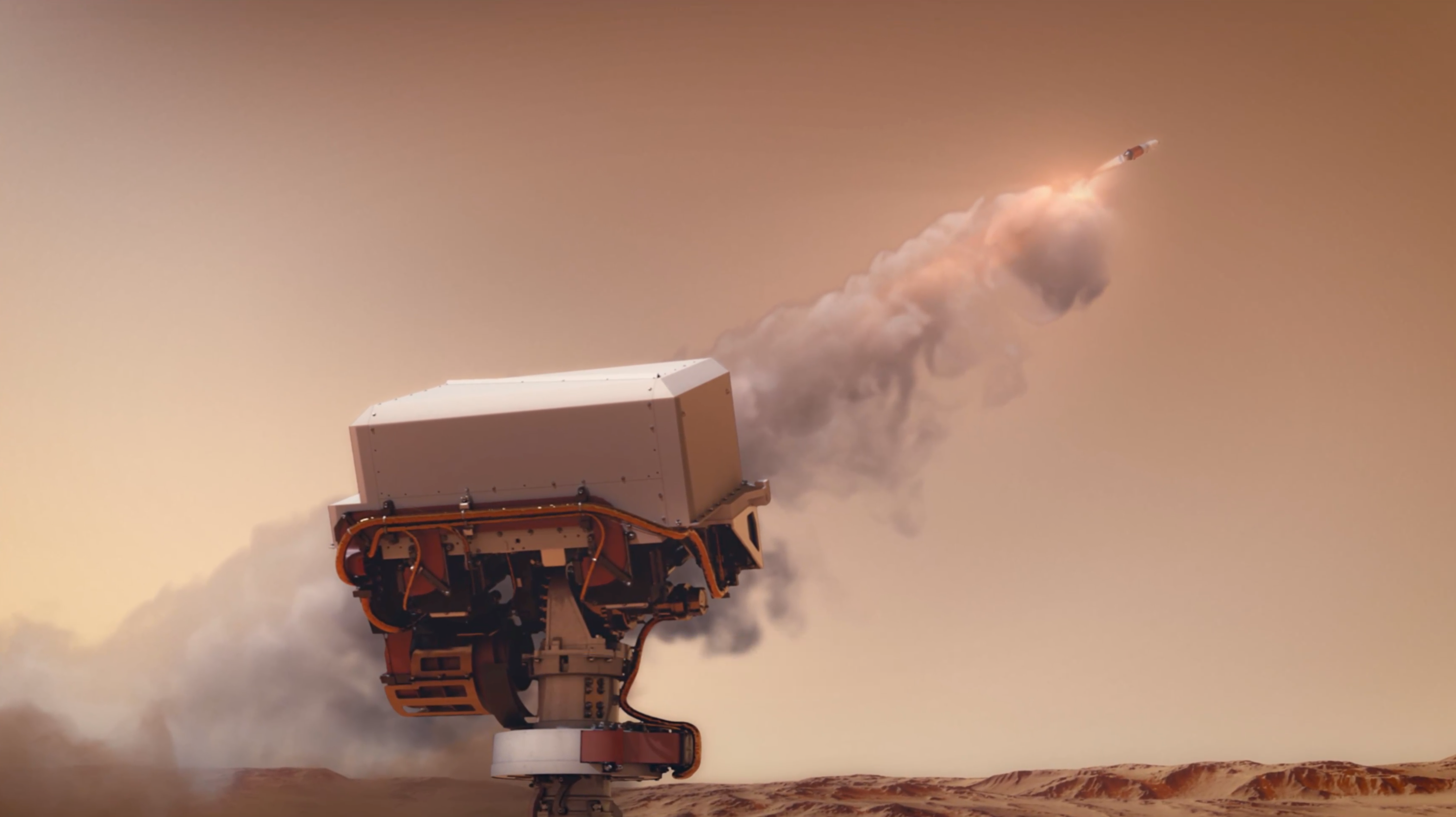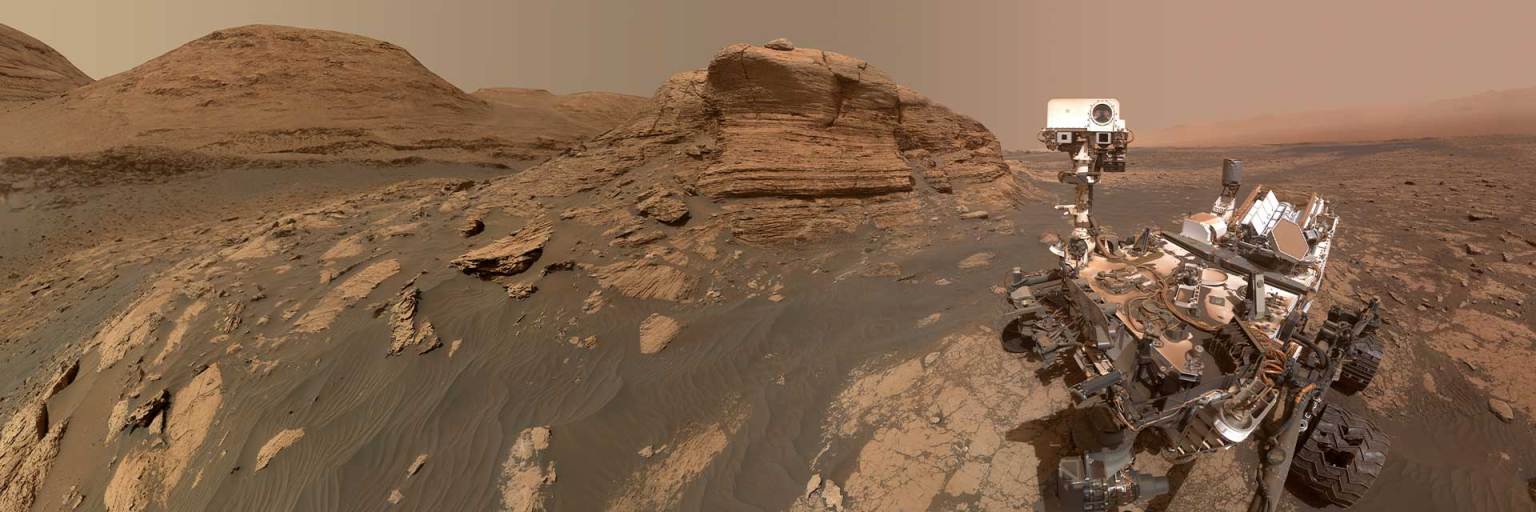Mars: News & Features
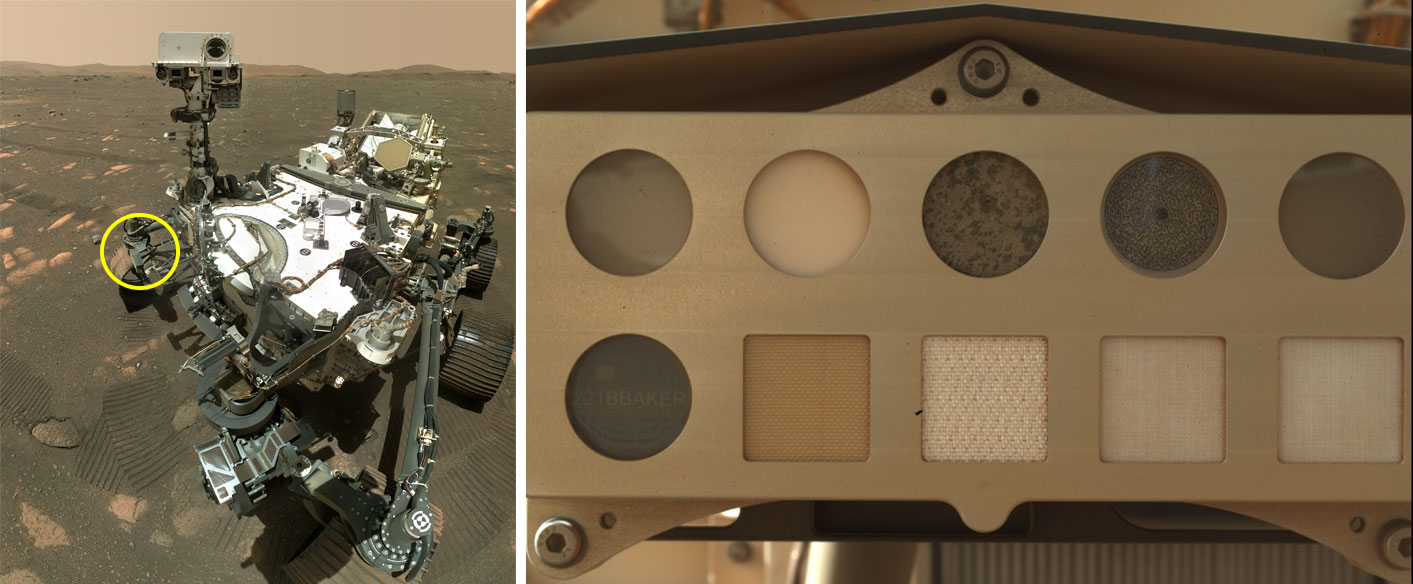
The rover carries several swatches of spacesuit materials, and scientists are assessing how they’ve held up after four years on the Red Planet. NASA’s Perseverance rover landed on Mars in 2021 to search for signs of ancient microbial life and…
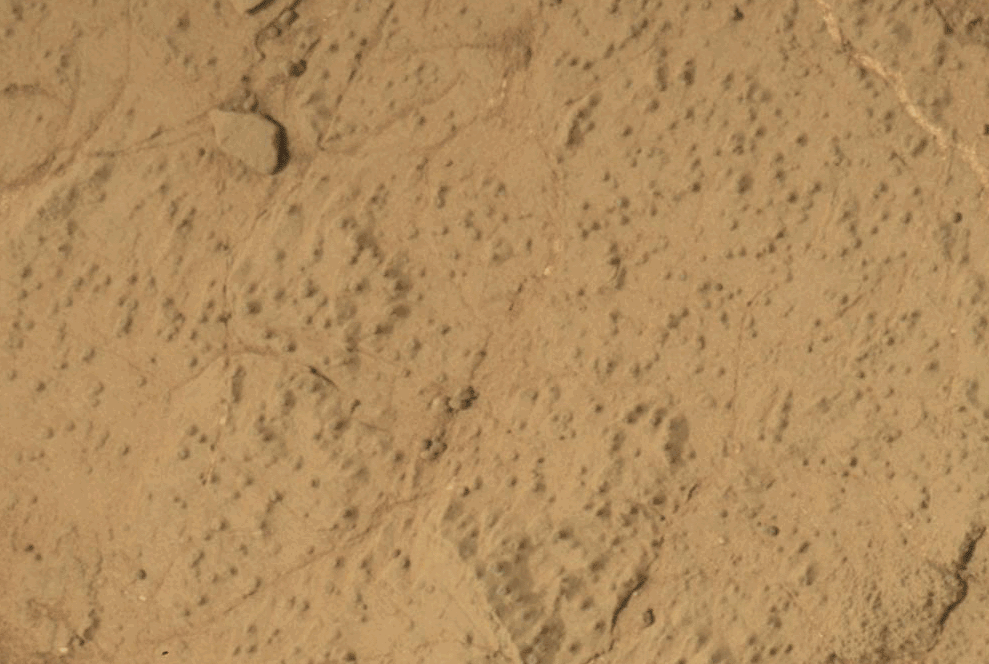
Researchers analyzing pulverized rock onboard NASA’s Curiosity rover have found the largest organic compounds on the Red Planet to date. The finding, published Monday in the Proceedings of the National Academy of Sciences, suggests prebiotic chemistry may have advanced further…
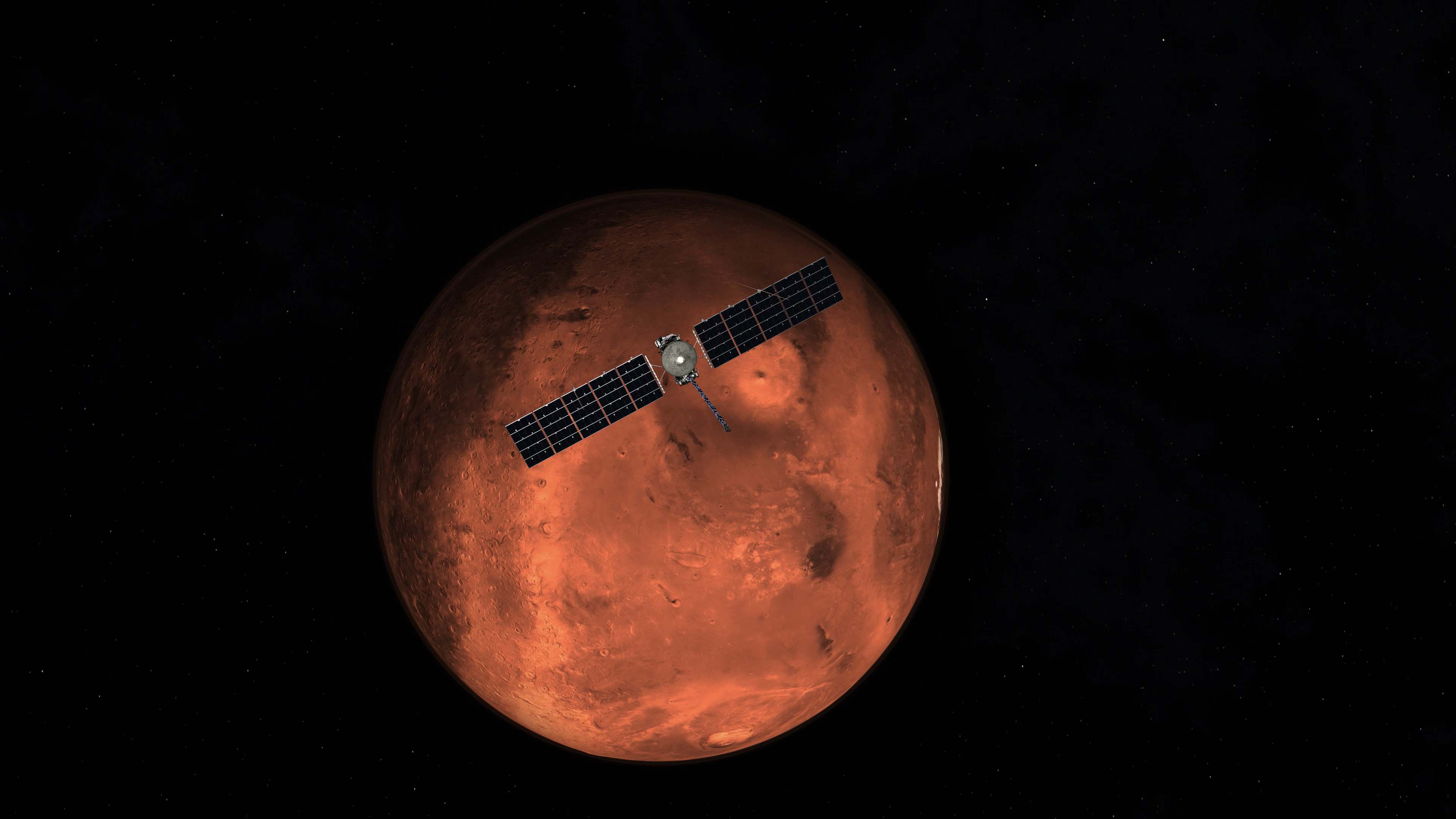
The orbiter bound for Jupiter’s moon Europa will investigate whether the moon is habitable, but it first will get the help of Mars’ gravitational force to get to deep space. On March 1, NASA’s Europa Clipper will streak just 550…
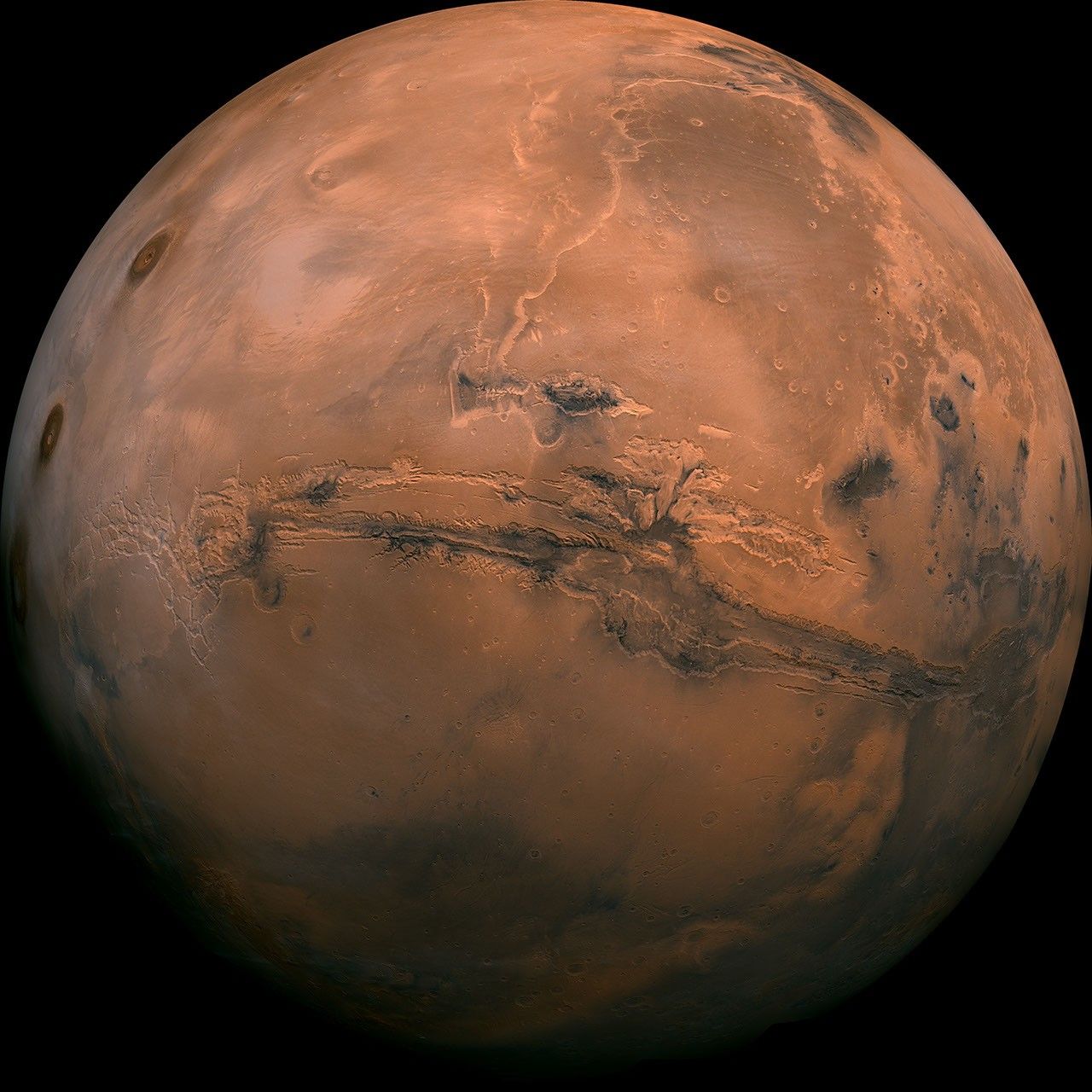
A new international study partially funded by NASA on how Mars got its iconic red color adds to evidence that Mars had a cool but wet and potentially habitable climate in its ancient past. The current atmosphere of Mars is…
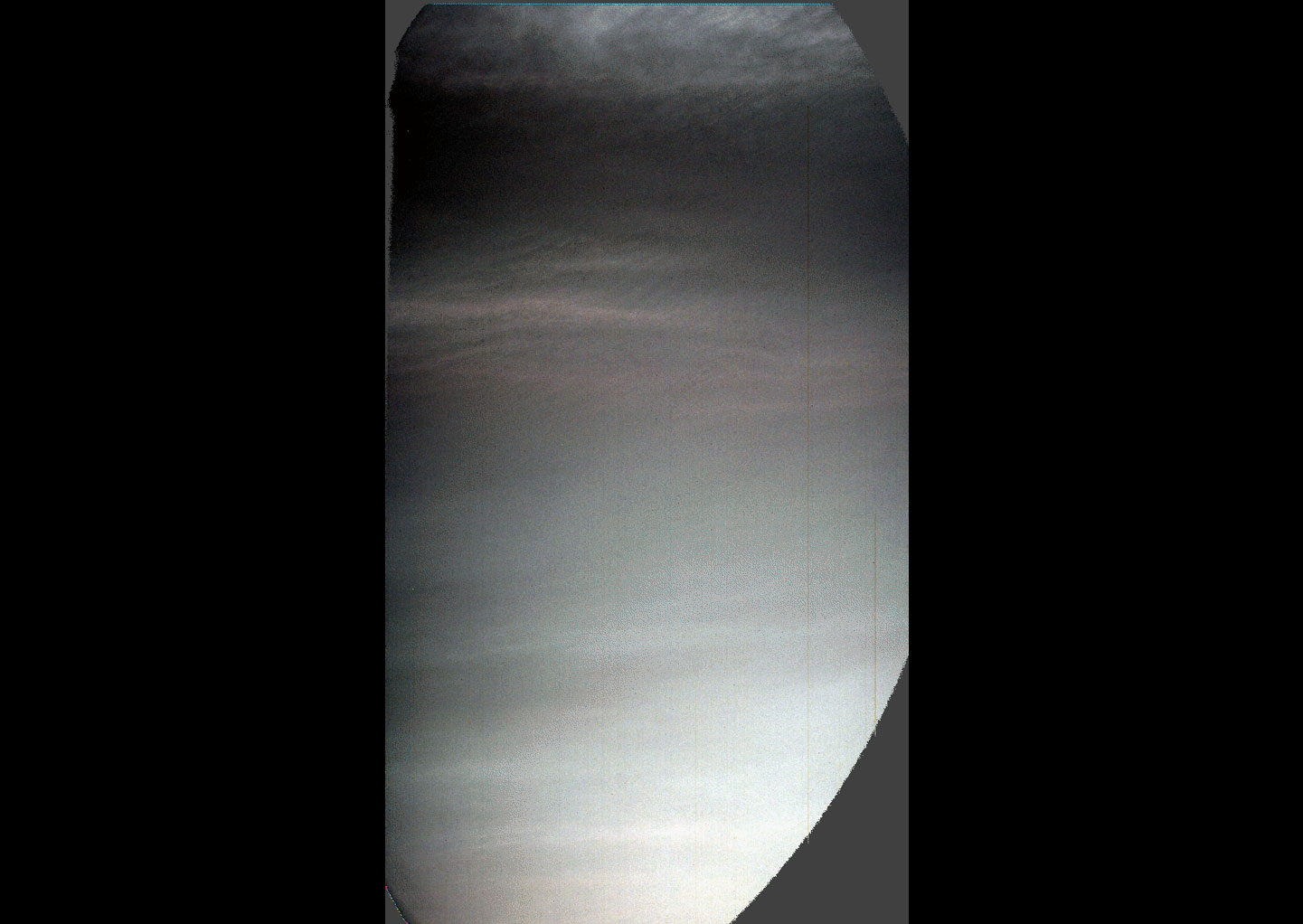
While the Martian clouds may look like the kind seen in Earth’s skies, they include frozen carbon dioxide, or dry ice. Red-and-green-tinted clouds drift through the Martian sky in a new set of images captured by NASA’s Curiosity rover using…
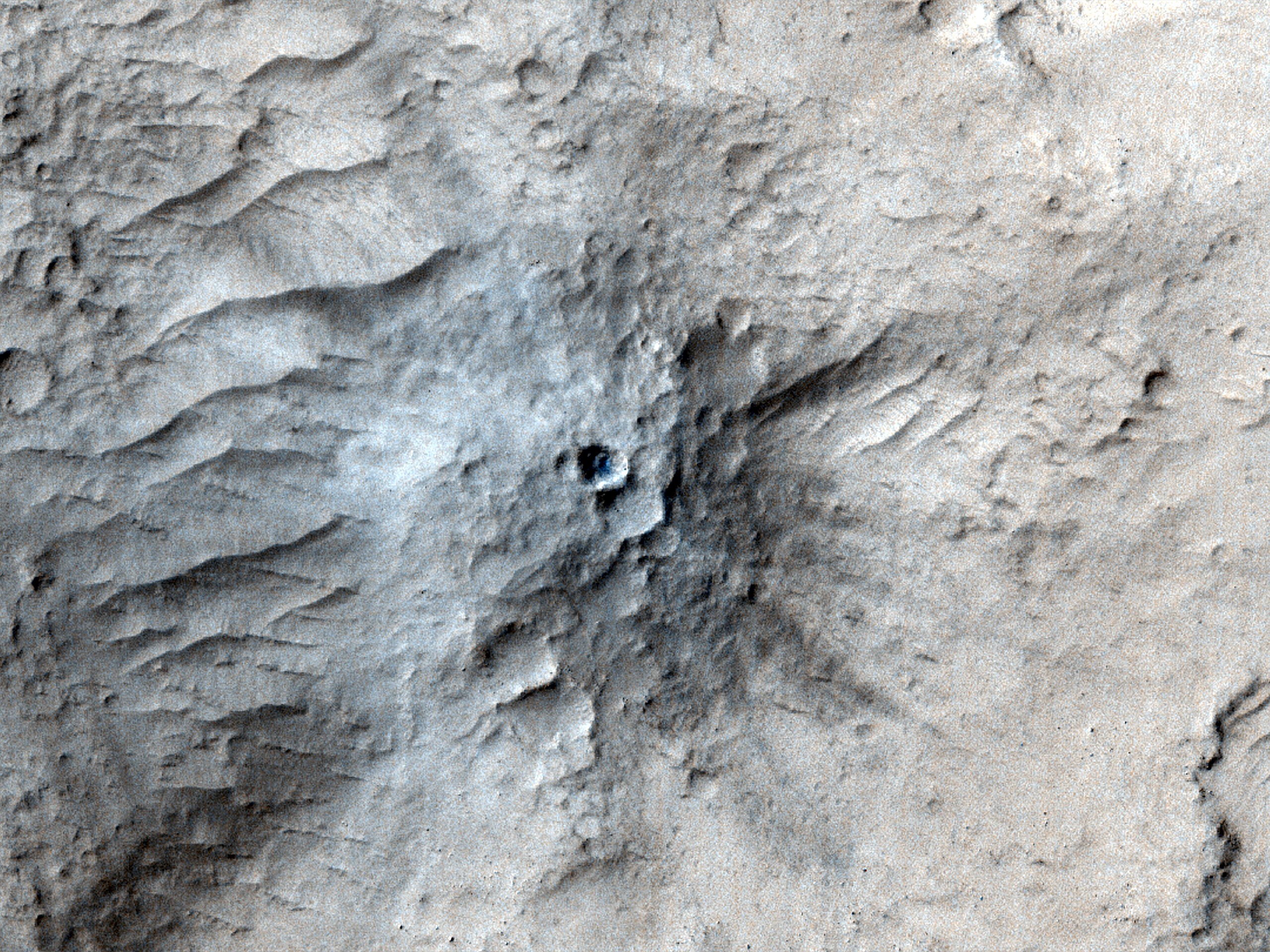
With help from AI, scientists discovered a fresh crater made by an impact that shook material as deep as the Red Planet’s mantle. Meteoroids striking Mars produce seismic signals that can reach deeper into the planet than previously known. That’s…
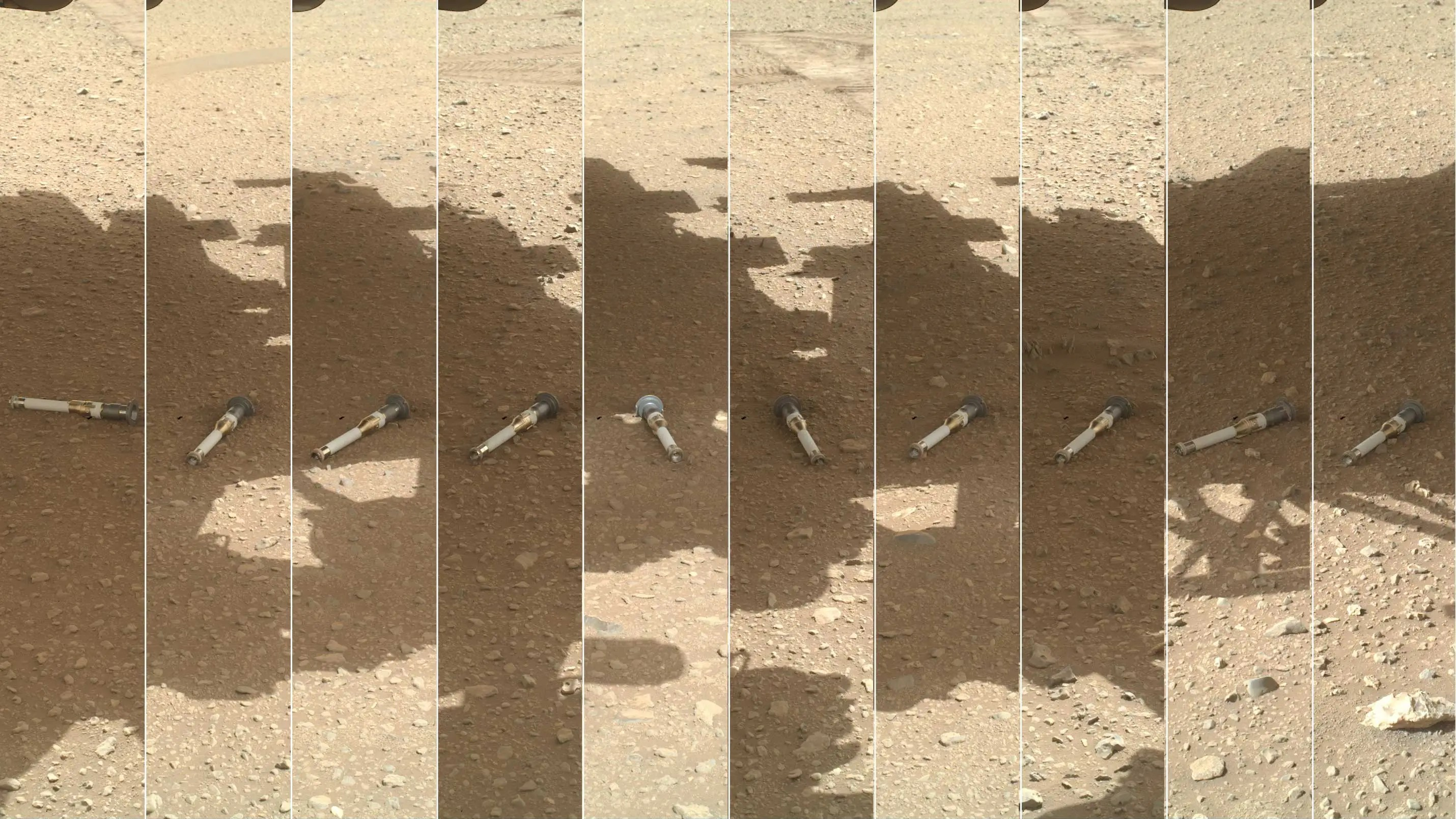
To maximize chances of successfully bringing the first Martian rock and sediment samples to Earth for the benefit of humanity, NASA announced Tuesday a new approach to its Mars Sample Return Program. The agency will simultaneously pursue two landing architectures,…
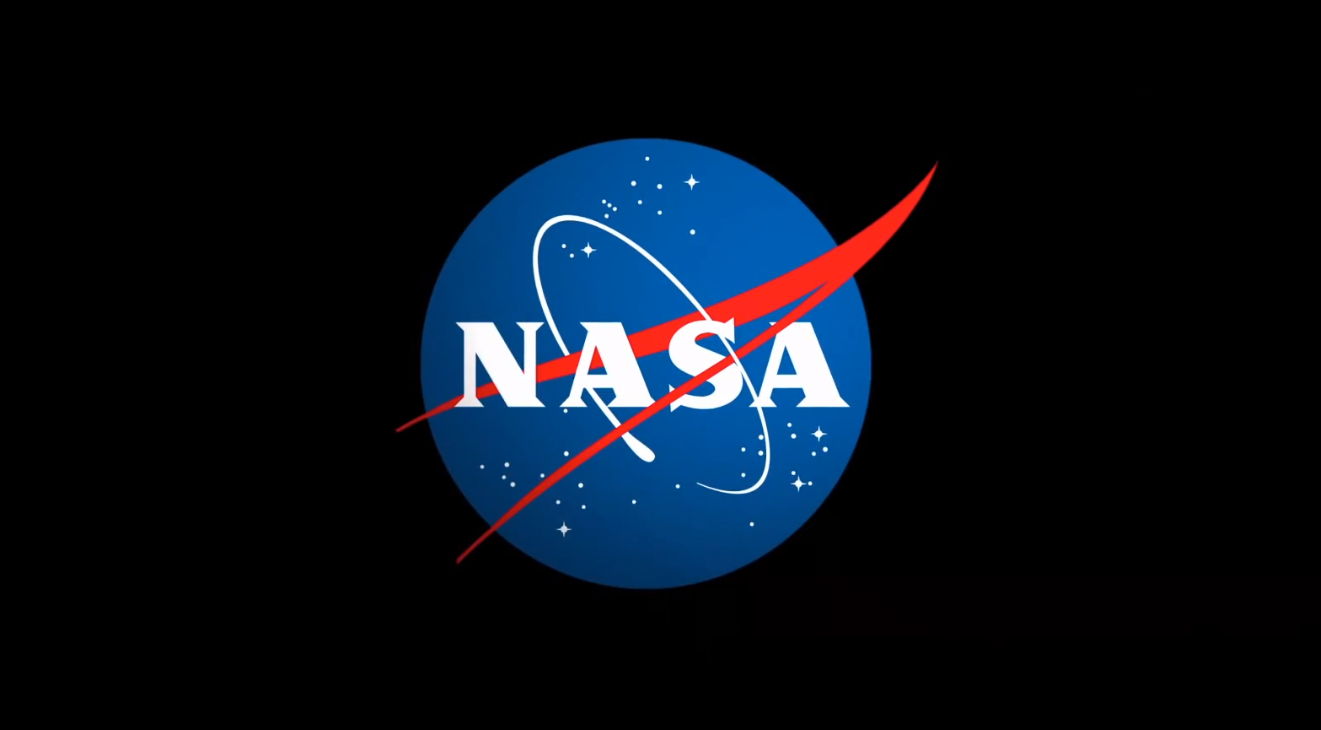
NASA Administrator Bill Nelson and Nicky Fox, associate administrator, Science Mission Directorate, will host a media teleconference at 1 p.m. EST, Tuesday, Jan. 7, to provide an update on the status of the agency’s Mars Sample Return Program. The briefing…
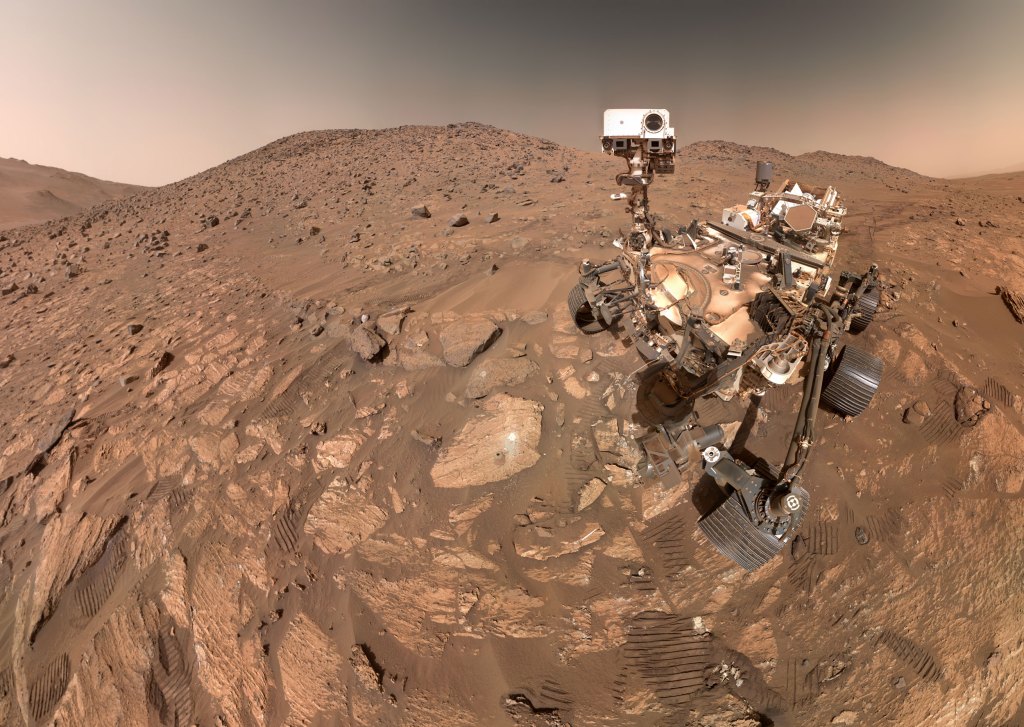
Have you looked up at the night sky this season and noticed a bright object sporting a reddish hue to the left of Orion? This is none other than the planet Mars! January will be an excellent opportunity to spot…
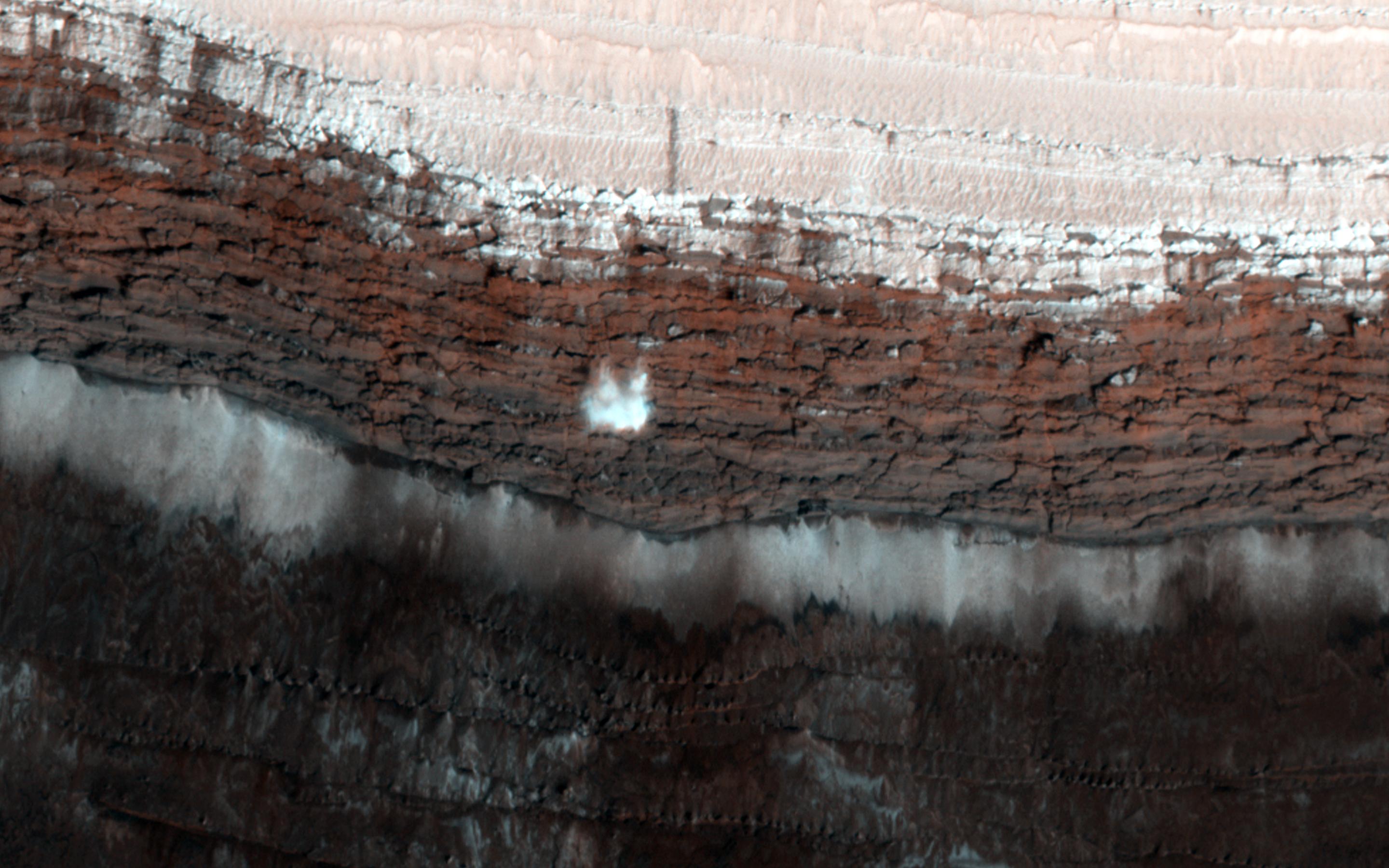
Instead of a winter wonderland, the Red Planet’s northern hemisphere goes through an active — even explosive — spring thaw. While New Year’s Eve is around the corner here on Earth, Mars scientists are ahead of the game: The Red…


